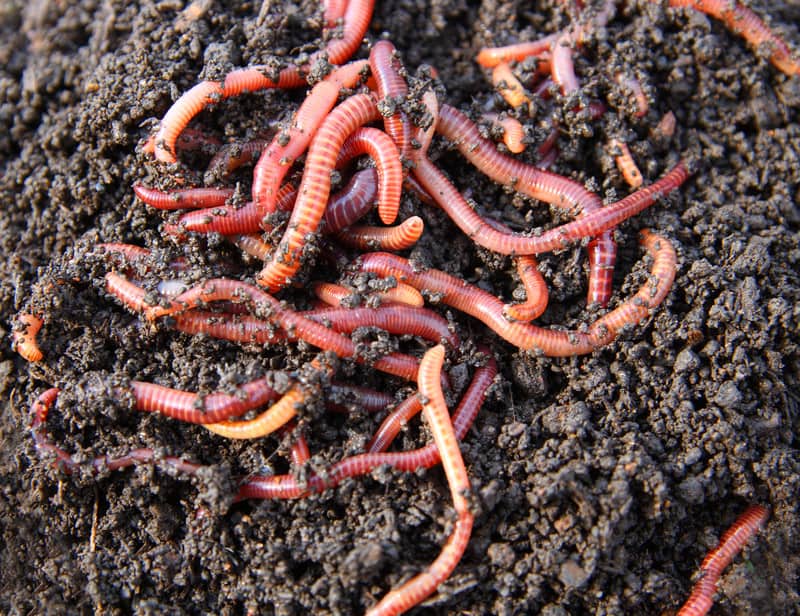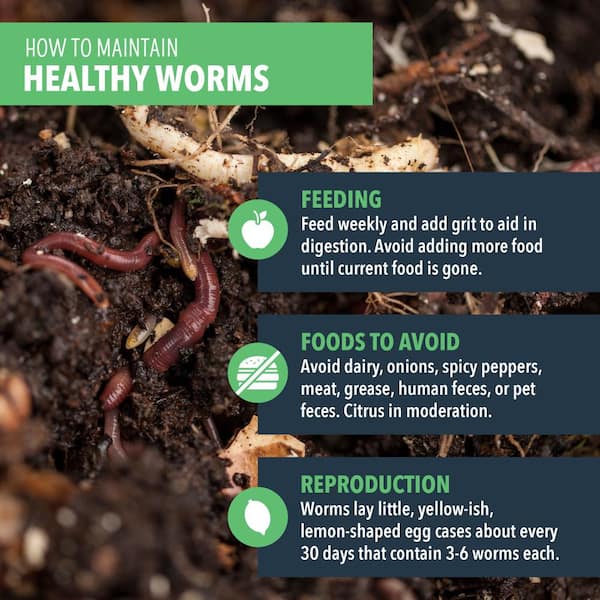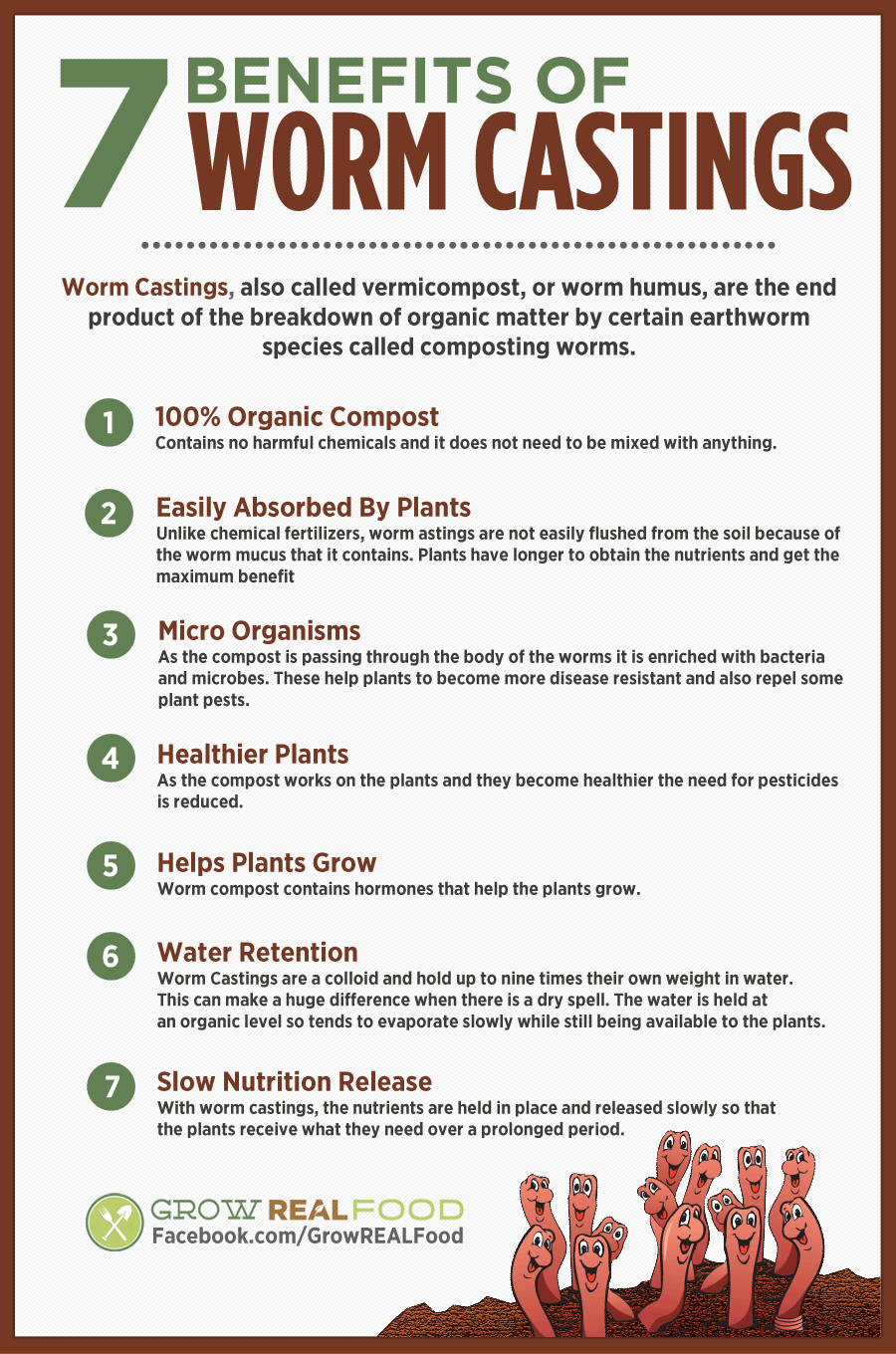Get This Report about North Carolina Worms
Things about North Carolina Worms
Table of ContentsNorth Carolina Worms Fundamentals ExplainedThe 7-Minute Rule for North Carolina WormsNorth Carolina Worms Fundamentals ExplainedNorth Carolina Worms for Dummies
Example: 1-gallon of worm spreadings to 4 gallons of potting mix. Do NOT use a potting mix that has chemical plant foods in it. Read the labelit will certainly say. 1/2 cup in the bottom of the planting opening for smaller plants. 1 mug for bigger plants. ie. tomatoes, eco-friendly peppers, summer squash, and so forth.
The enhancement of tea can likewise add raised microbial biomass to your dirt. You can always side-dress your plants with worm spreadings at any type of time. Just remember, the microbes will pass away if subjected to UV rays (Sun), so make certain to cover the castings with an inch approximately of dirt.
This baffled them for years up until the screening techniques came to be better. It would certainly get much better(with more castings), degree off, and then decrease. Too lots of worm castings would certainly accelerate the development to a rate that the plant could not recuperate from.
Rumored Buzz on North Carolina Worms
I have clarified the merits of worm spreadings for about 2000 words. Worm castings are no different. It takes time to produce high quality worm spreadings.
Worm castings absolutely cost more than chemical plant foods. Worm castings are on the cheaper end of natural fertilizers. (50 gallons per year) It is a much harder and really expensive financial investment to create large quantities of worm castings.

Creating a healthy and balanced soil might be the biggest benefit of worm spreadings. We talked about worm spreadings NPK and likewise the correct nutrient analysis that should use to worm castings.
Unknown Facts About North Carolina Worms
We talked about some of the drawbacks connected with worm spreadings. I covered a great deal of product in this post.
The upright burrows are normally open, although the worms top the leading with residue and waste matter. Origins require oxygen for their development, whereas they generate carbon dioxide that needs to leave the soil.
Earthworms enhance porosity by two mechanisms: (1) by developing irreversible burrows, and (2) by boosting soil aggregation. Gathering is boosted by the mixing of soil and natural issue in the earthworms' digestive tracts. North Carolina Worms. These very steady aggregates are transferred by some earthworms in their burrows, and by others at the surface area of the soil


In an additional research, earthworms were estimated to eat 4 to 10 percent of the leading 6 inches of the dirt yearly. This only goes to show the massive quantities of dirt that can be refined by earthworms. Dirt compaction reduces the porosity of the soil. Since earthworms boost porosity, they minimize the results of compaction.
The smart Trick of North Carolina Worms That Nobody is Talking About
Normal earthworm populations can easily consume 2 tons of completely dry issue per acre annually, partly absorbing and blending it with soil. The importance of earthworms to blend surface area deposit with dirt ends up being very clear in dirts that do not have any type of earthworms. Most of our Pennsylvania dirts have at the very least some earthworms, and the effect of their complete lack, as a result, can not be noted.
(https://www.whofish.org/Default.aspx?tabid=45&modid=379&action=detail&itemid=307005&rCode=24)In these dirts, the formation of topsoil with sensible organic matter material did not happen, causing inadequate crop development. Once the cause was established, the government of the Netherlands started a campaign to introduce earthworms. After the introduction of the earthworms, a dark topsoil layer was formed, and crop growth boosted considerably.
They live primarily from partially broken down organic matter that is already integrated in the soil. They eat their way through the soil, creating straight burrows that they loaded with their excrement. These species ingest large amounts of soil that they combine with absorbed plant deposit in their digestive tracts. or anecic types stay in long-term upright burrows that can be 5 or 6 feet deep.
Their burrows continue to be open, although they top the top with plant residue that they pull to the entry. These types ingest substantial quantities of soil that they combine with absorbed residue in their intestines. Their waste matter is mainly deposited at the surface of the dirt. The nightcrawler Lumbricus terrestris is one of the most popular member of this team.